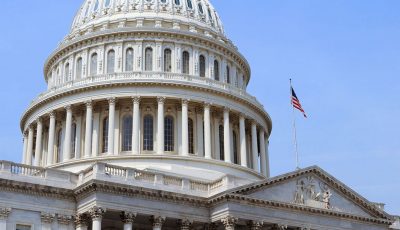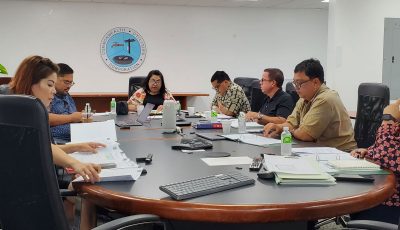Contractor for CUC pipeline project files contract dispute
»Smithbridge Guam: CUC’stermination of contract unwarranted, illegal
Smithbridge Guam Inc., whose contract to build the Commonwealth Utilities Corp.’s oil pipeline was recently terminated, has filed a contract dispute with the utility agency.
Smithbridge, through counsel Mark B. Hanson, submitted yesterday its supplemental dispute to CUC executive director Alan Fletcher.
According to Hanson, CUC’s termination of the contract “was unwarranted and is a breach of contract.”
Hanson said Smithbridge believes all of the deficiencies cited by CUC in its notice of default and termination issued on Aug. 29, are “either erroneous, speculative, irrelevant and/or immaterial.”
Hanson listed 18 issues that are disputed or possibly disputed.
He, however, stated that Smithbridge remains “ready, willing and able to proceed with the project.”
He said Smithbridge will continue to hold and secure all the materials it procured for the project at its facility on Saipan.
“[Smithbridge] will, as soon as possible, deconstruct and relocate the welded 8-inch pipe currently roadside in Lower Base to CUC’s Power Pole and Pipe Storage Area at no additional cost to CUC,” Hanson said.
He said Smithbridge is now preparing a claim for all of the costs the company is due under the contract and all additional costs it is entitled to due to CUC’s actions, including CUC’s “illegal termination of the contract.”
Last month, CUC counsel James Sirok informed the U.S. District Court for the NMI that CUC has directed Smithbridge to stop work at the site for allegedly not addressing CUC’s and U.S. Environmental Protection Agency’s concerns.
At that time, Sirok said the utility agency was in the process of notifying Smithbridge of its default in the terms of its contract, and issuing a notice of termination of the company’s contract.
Sirok said that EPA wrote CUC on Aug. 1, 2014, outlining several concerns it has with Smithbridge personnel and management of the CUC pipeline project.
Sirok said because of these concerns, and in an attempt to mitigate the potential of personnel and management problems arising as the project moved forward, EPA directed CUC that it had 10 days to replace any inadequate and ineffective personnel on the project with competent, qualified, and experienced pipeline supervision, construction and welding personnel.
By Aug. 14, 2014, the directives and concerns of both CUC and EPA had not been addressed, he said.
Sirok said that during CUC’s discussion with Graeme Ridley of Smithbridge on Aug. 15, it became clear that the company was not prepared to address the directives and concerns.
In Smithbridge’s supplemental dispute, among the issues that Hanson raised is that the company’s welders and “supervisory personnel” on the project are all qualified to all standards required by the contract’s specifications.
Hanson said CUC’s demands that Smithbridge replace all welders and “supervisory personnel” on the project without additional compensation to the company for the increased cost is not permitted under the contract documents.
Hanson also cited that throughout the progress of the project and Smithbridge’s performance of the contract, CUC kept changing the contract’s specifications without any modifications to the contract documents and disregarding the effect of such changes will have on Smithbridge’s performance.
Hanson said any EPA requirements that CUC contract a construction manager and quality assurance contractor were not due to any deficiencies in Smithbridge’s design or other issues with the company.
Hanson said that Smithbridge is entitled to damages, including lost profits, incidental and consequential damages, and litigation costs.
The oil pipeline is an eight-inch aboveground receiving pipeline that delivers diesel fuel from the Mobil oil facility to CUC Power Plants 1 and 2 in Lower Base. EPA had stated that until the pipeline is properly repaired or replaced, it poses a threat to U.S. waters.
This project is related to stipulated orders the federal court signed for CUC in 2009, setting the requirements and deadlines for the utility agency to meet. The orders represent an agreement between the CNMI and the EPA on how CUC will come into compliance with the requirements of the Clean Air Act and the Safe Drinking Water Act.



























